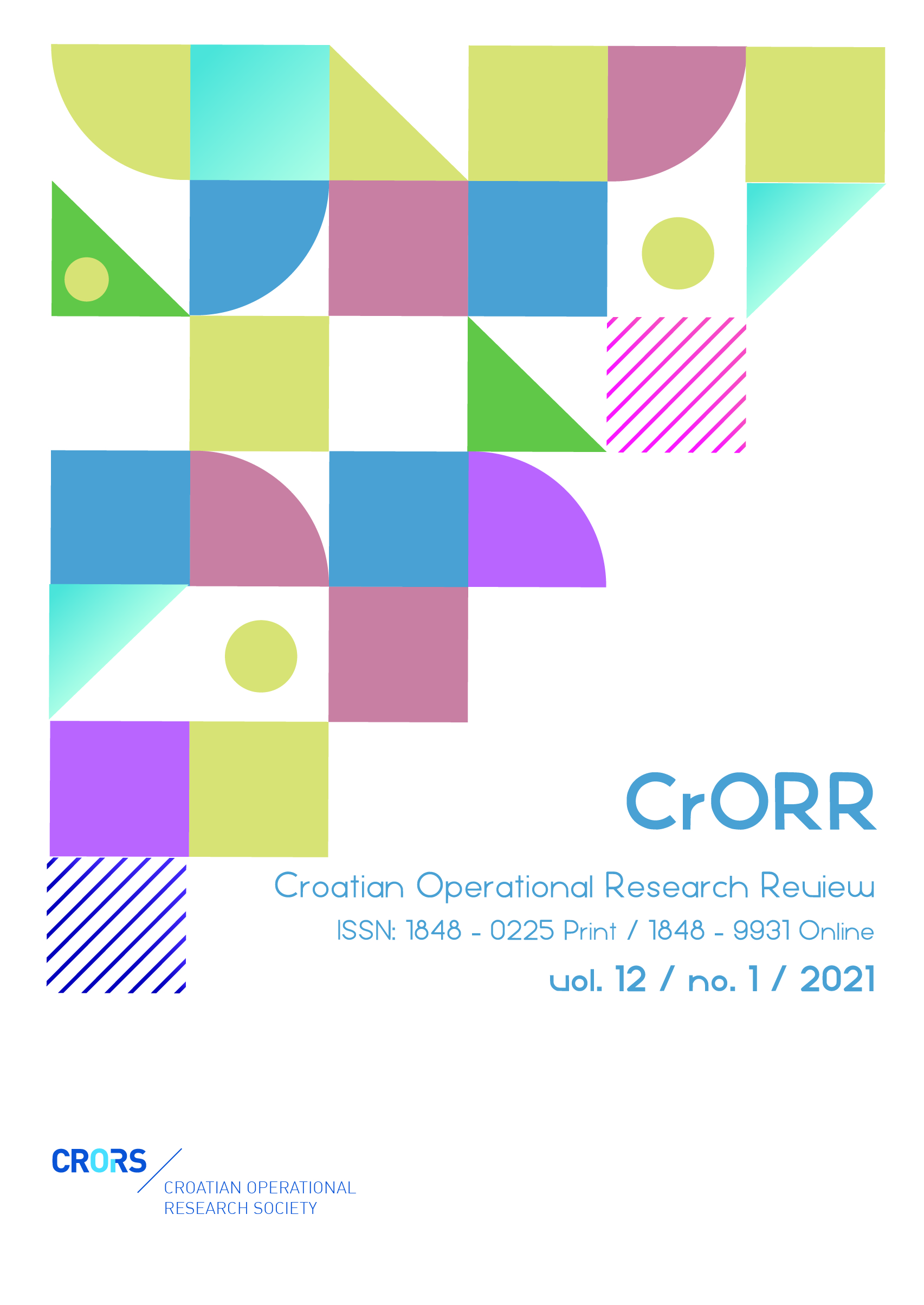A Test of the validity of Crowding-out (or- in) hypothesis:
A new examination of link between public borrowing and private investment in Emerging Europe
Abstract
This study seeks to test the existence of the crowding-out (or- in) hypothesis in a sample of 17 Emerging Europe countries divided in two panels. The study employs a panel autoregressive distributed lag (ARDL) model based on three estimators, Mean Group Estimator (MG), Pooled Mean Group (PMG) and Dynamic Fixed Effect (DFE), in order to evaluate the of stability of short run and long run coefficients using consistently compiled public borrowing and private investment data between 2000 and 2019. The empirical findings of the paper generally confirm the existence of a crowding out effect in both long run and short run in European post-transition countries, and in the long run for European transition countries. More specifically, elasticity of private investment with respect to public debt is greater in the European transition countries than in the European post-transition countries. However, the findings on the crowding out (in) effect of government spending and economic growth on private investment are mixed and conflicting in both the long run and the short run. Accordingly, the study recommends that selected countries should reassess their austerity agendas employed for lowering debt levels, and follow new strategies for managing public debt burden.
Downloads
Published
Issue
Section
License
- Authors retain copyright and grant the journal right of first publication with the work simultaneously licensed under a Creative Commons Attribution License that allows others to share the work with an acknowledgement of the work's authorship and initial publication in this journal
- Authors are able to enter into separate, additional contractual arrangements for the non-exclusive distribution of the journal's published version of the work (e.g., post it to an institutional repository or publish it in a book), with an acknowledgement of its initial publication in this journal.
- Authors are permitted and encouraged to post their work online (e.g., in institutional repositories or on their website) prior to and during the submission process, as it can lead to productive exchanges, as well as earlier and greater citation of published work (See The Effect of Open Access).


